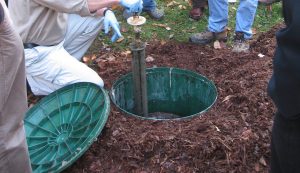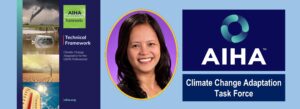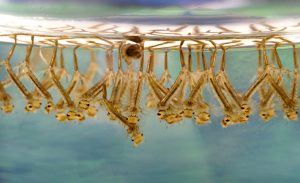O’Driscoll M, DeWalle D, Humphrey C and Iverson G (2019). Groundwater Seeps: Portholes to Evaluate Groundwater’s Influence on Stream Water Quality. Journal of Contemporary Water Research and Education 166:57-78.
Abstract
Recent legal cases have suggested that contaminated seeps and/or springs that have measurable impacts on adjacent surface water quality may fall under the jurisdiction of the Clean Water Act (CWA). An improved understanding of the effects of groundwater seeps on surface water quality is needed to support the evolving legal and regulatory environment. Surface seeps or seepage zones are locations where upwelling groundwater saturates the surface. Seeps can provide groundwater that may be transported to nearby surface waters along surface and shallow subsurface flowpaths. From a water quality perspective, seeps can provide portholes to observe groundwater quality. Here we consider examples of seeps as contaminant sources or sinks across a range of watershed disturbance and synthesize the seep water quality literature to help answer the questions: Why do seeps act as contaminant sinks in some cases and contaminant sources in others? What areas of seep water quality research can help apprise the legal and policy discussion on the role of the CWA to address groundwater contamination that is conveyed to streams? Overall, the case studies and literature review indicated that seep water quality data can provide valuable insights into the effects of stream-groundwater interactions on stream water quality. Future work on seep-surface water interactions is needed to characterize seep water quality behavior across a range of hydrogeological, meteorological, and land-use conditions to better understand the ocations where seeps are more likely to convey contaminants to streams and affect stream water quality.



